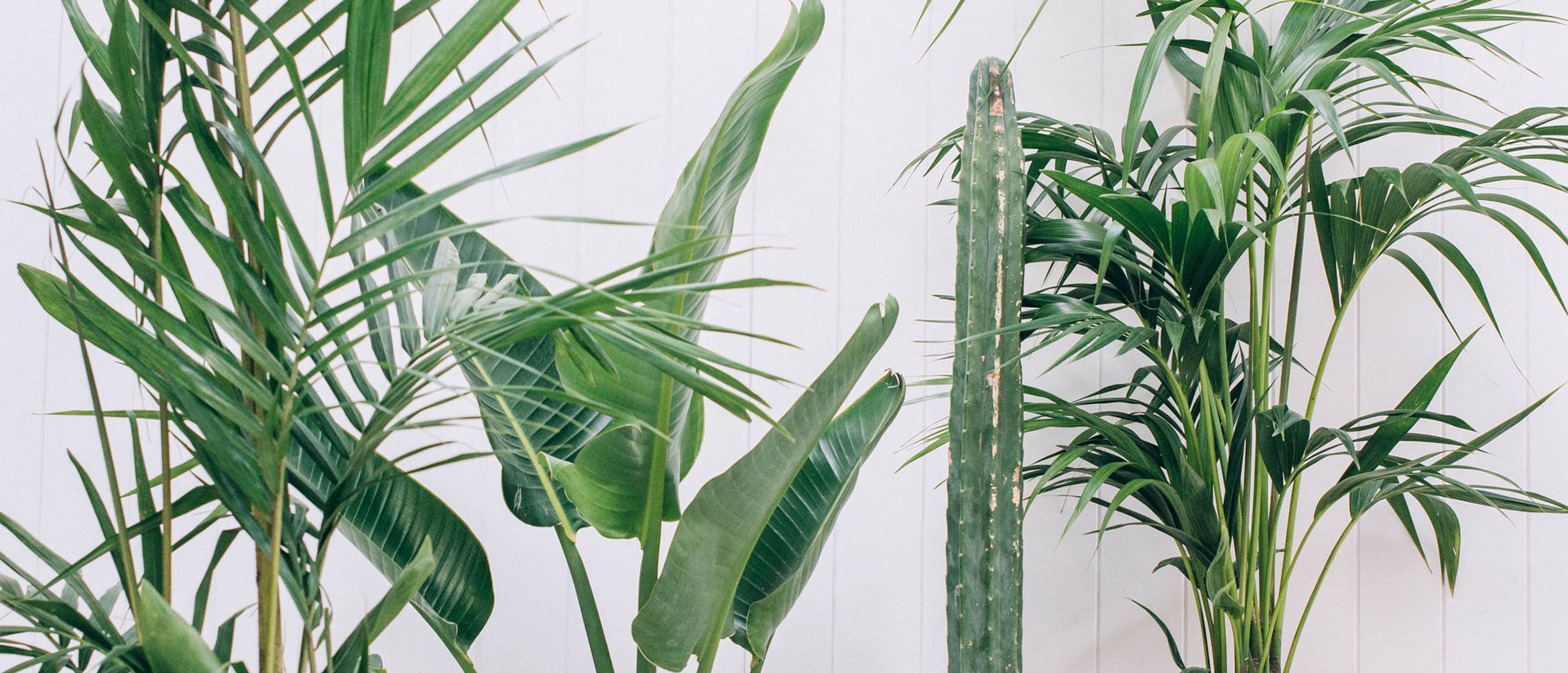Finding Nature in the City

- Words by
- Sarah Spackman
- Images by
- Sarah Spackman
As a somewhat ambivalent city dweller I have developed an addiction to finding my own space wherever I am. It’s not always an easy task but the payoff is often time spent in awe of the presence of my most favourite living things: plants.
I grew up in the country. Not exactly a farm girl, but I did spend most of my time surrounded by plants, exploring the local creek, going bush with my friends, swinging in the generous boughs of the neighbour’s willow tree, or playing cricket with my brother in the garden. During one particular innings we smashed a newly planted blueberry bush and decided that the best course of action would be to plant the broken stem back in the ground in the hope that it would regrow and nobody would notice. They didn’t. At least for a few days.
I have since learned to understand and appreciate plants in a more respectful way, and have continued to find myself in nature throughout my life. I don’t think I realised how significant this was until I was no longer able to find myself there. That is, my experience of being in the natural world was turned on its head.
I migrated to the city in my early twenties for the usual reasons – study, work, opportunity, life experience. Change. At the time the decision was made on a whim but, looking back, it was both a momentous and inevitable one.
The first few years were grim, living in a brave new world of concrete and steel, of traffic and human highways. Negotiating complex and unreliable public transport, expensive, mouldy, cramped apartments, intimidating strangers, whinging neighbours, groceries on the bus, flatmates, flatmates cooking, flatmates not cooking, flatmates not cleaning, flatmates’ boyfriends, flatmates’ girlfriends, friends, no friends, new friends, studying, studying all night, working all weekend to pay the rent.
Life in the city was vast and uncharted, and I was unenlightened.


I had always been a nature escapist – a survival mechanism instilled from birth through picnicking, fallen fruit collecting, tree climbing, rock-hopping, bush walking, and river cavorting with my family and friends. The city was no place for these activities. I needed to learn new ways of knowing nature, new ways of finding space in this strange and unfamiliar environment.
I think I would have lost it completely in those early days if it weren’t for my in-house botanical companions. I have loved many pot-plants over the years. And I have lost just as many. Some of them followed me to the city, including a hardy sword fern (Nephrolepis) propagated from a decades old plant my parents grew. It has been a stalwart supporter, continuing to thrive right from the outset of our days as apartment dwellers. Others have been warmly welcomed into the fold since. Adiantum, Blechnum, Bromeliads, Daphne, Euphorbia, Ficus, Geraniums, Hoya, Lepismium, the list goes on. Regardless of their origins they became my strongest allies. When I was unable to find a quiet patch of earth to curl my toes in they were there. Their reliability did not waver; their temperament did not change.
Over time I have adapted and begun to prosper in my new environment, just like the Nephrolepis. My plants have taught me to feel grounded and connected with nature in places where I thought there wasn’t any. Through them I have learned to see the space, and the nature, around me differently.
There are still times when I yearn to disappear into the bush, to vanish like a schoolgirl. But I have learned how to enjoy being in the city and to find nature here. The trick isn’t knowing where to go to find it. It’s knowing how to see it when you’re already there.
Of course, there are spectacular public parks and gardens, green havens dotted across the municipal landscape. Nature abounds in these spaces filled with beautiful specimens and well kept lawns. But the city also plays host to nature’s secret hiding places. These spaces are harder to spot but once you start noticing them you’ll find they’re more local, and are infinite. They’re down the road, atop the walls and under the stairs. They’re the street trees cropped to frame the power lines, the concrete pot-plant gardens resplendent with plastic lawn chairs, the diminutive ferns between the pavement cracks, the heady summer jasmine trailing over the carport.
The biggest thing I have learned is that nature doesn’t struggle with change in the way that we do. Plants simply find a space to put their roots down, and they grow. Wherever they might be. I think we could all benefit from taking a leaf out of their book. I know I have.
—






